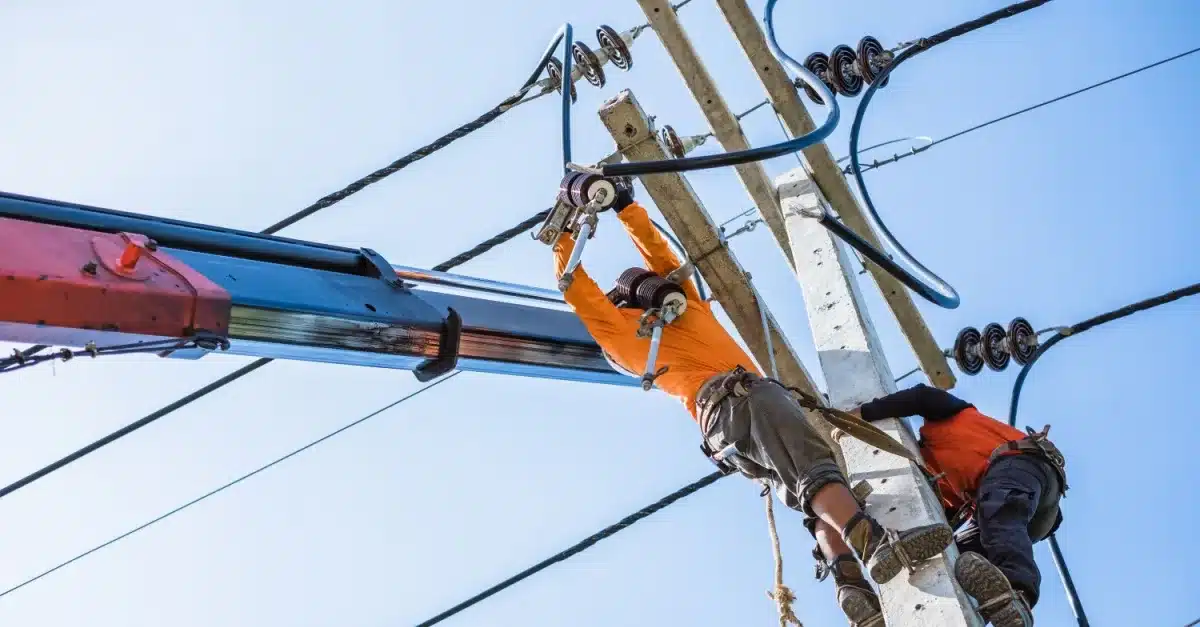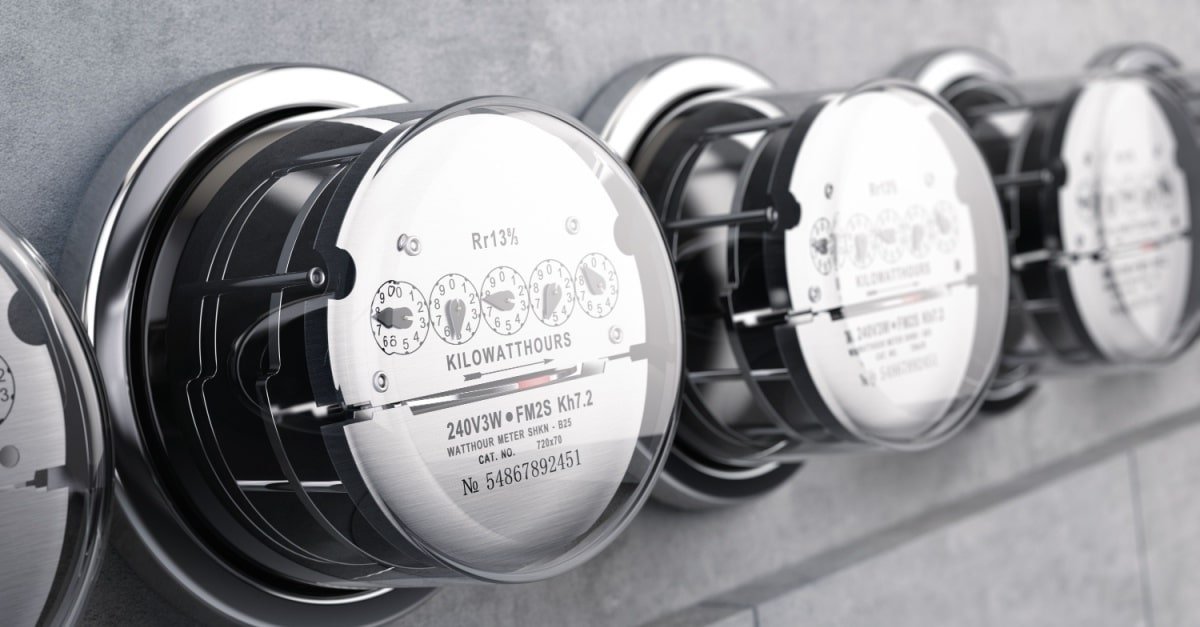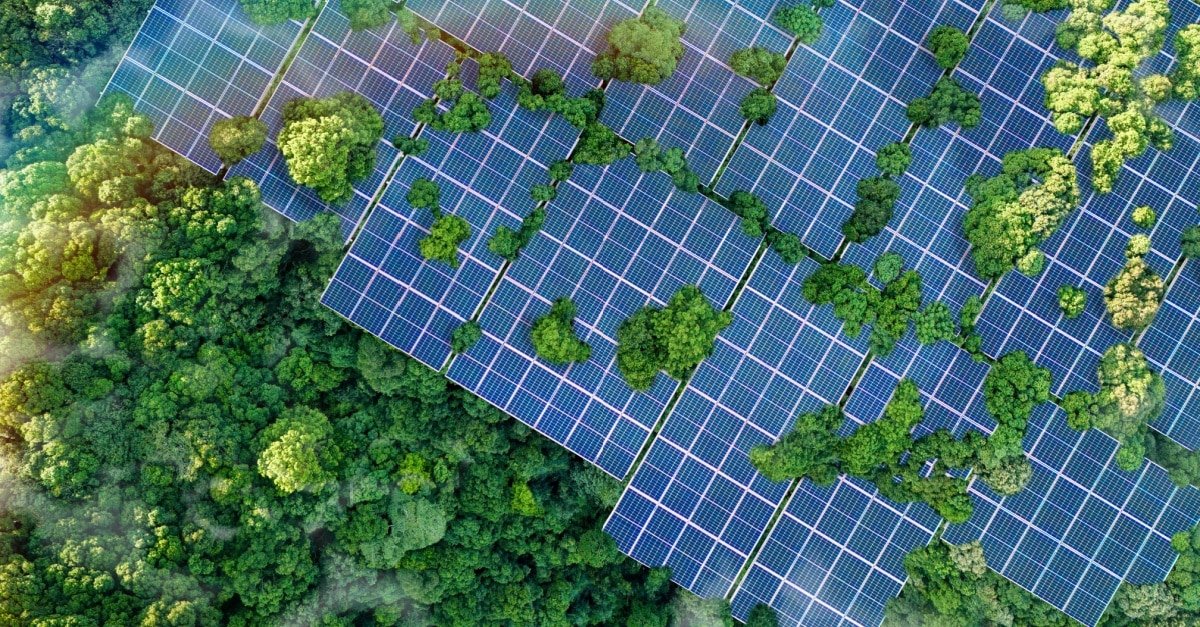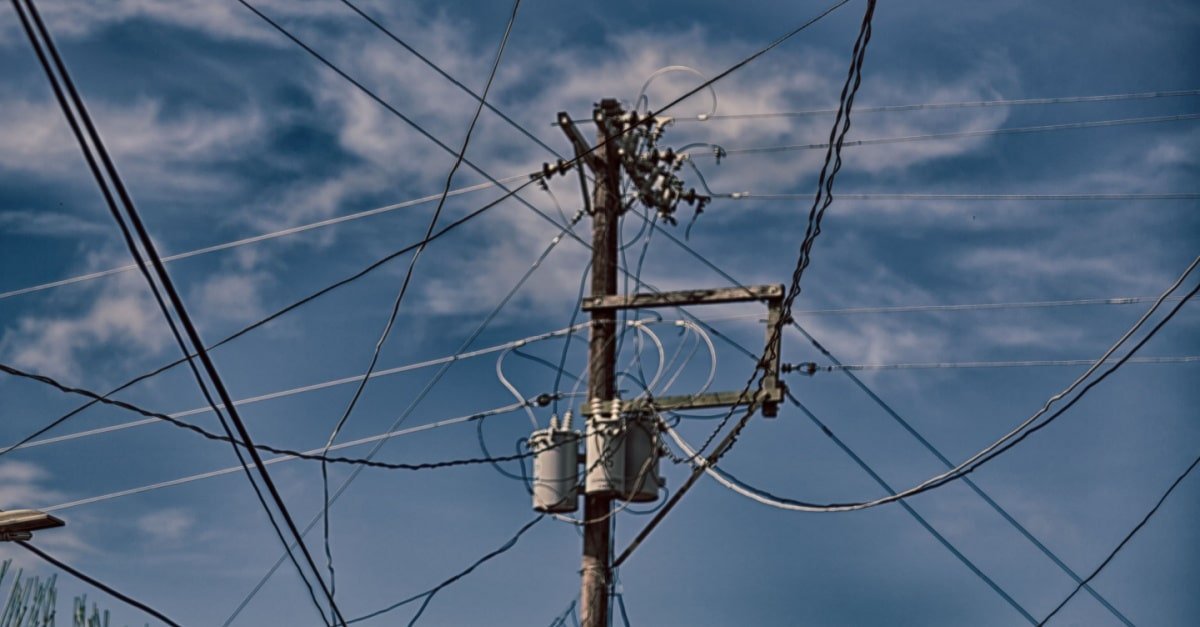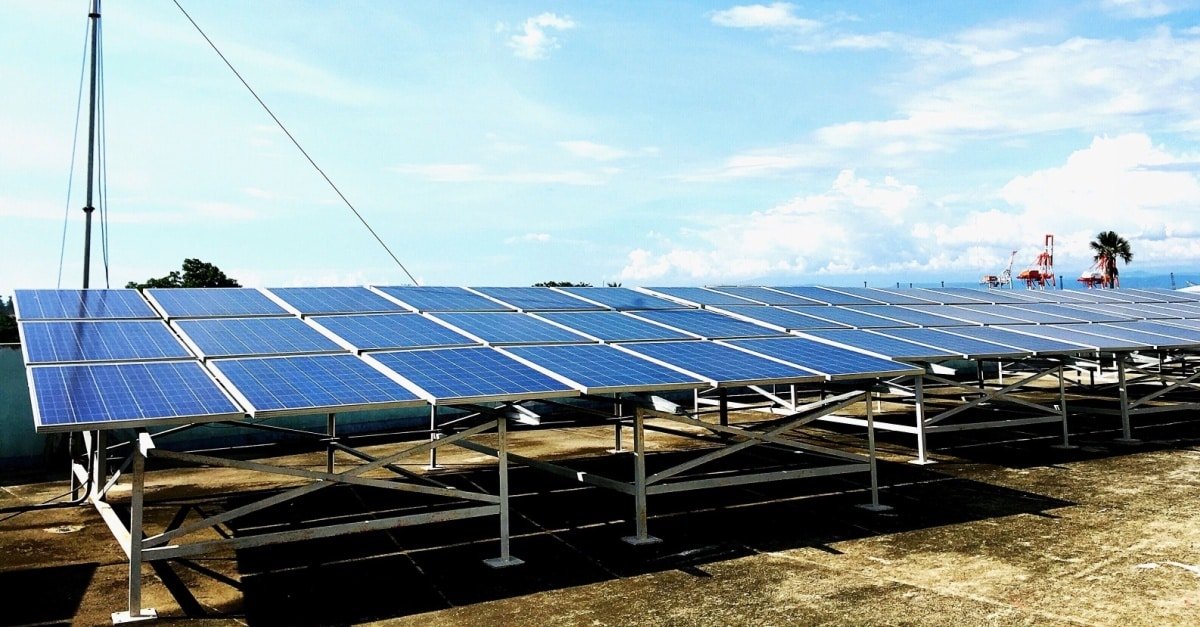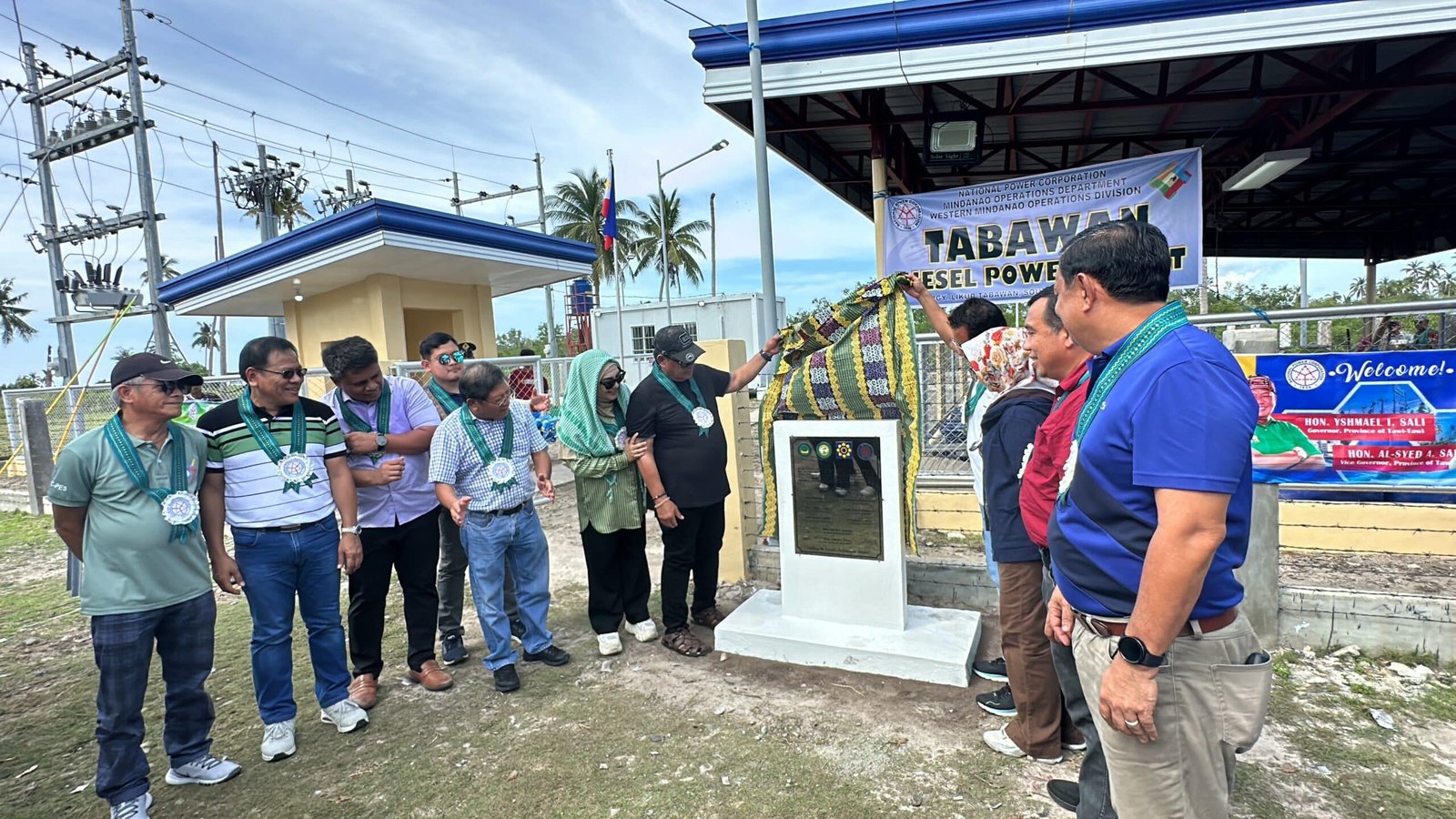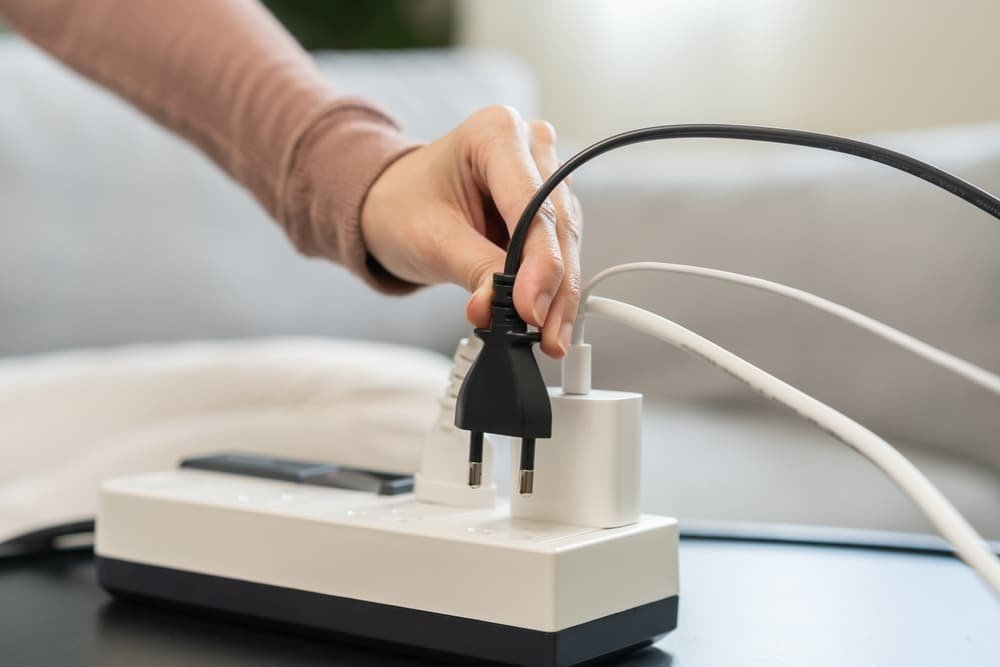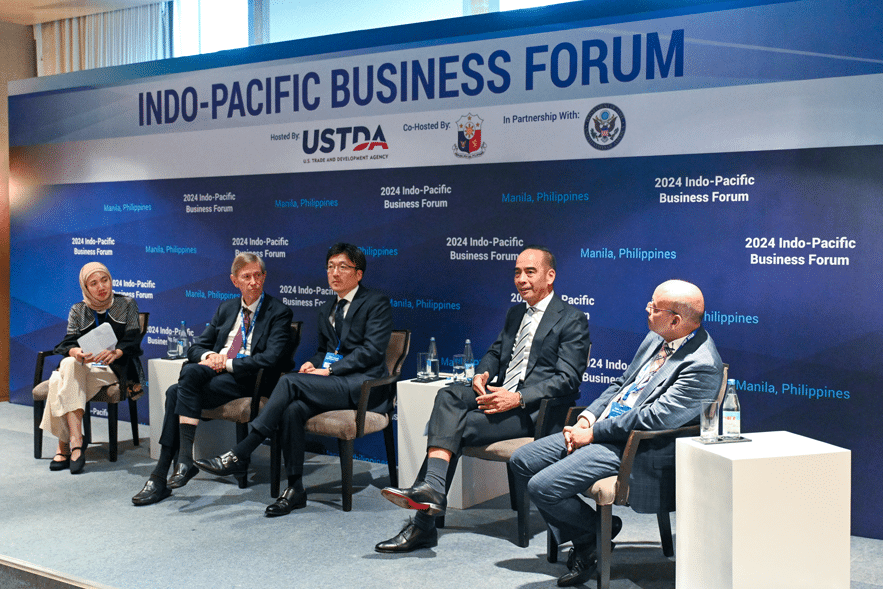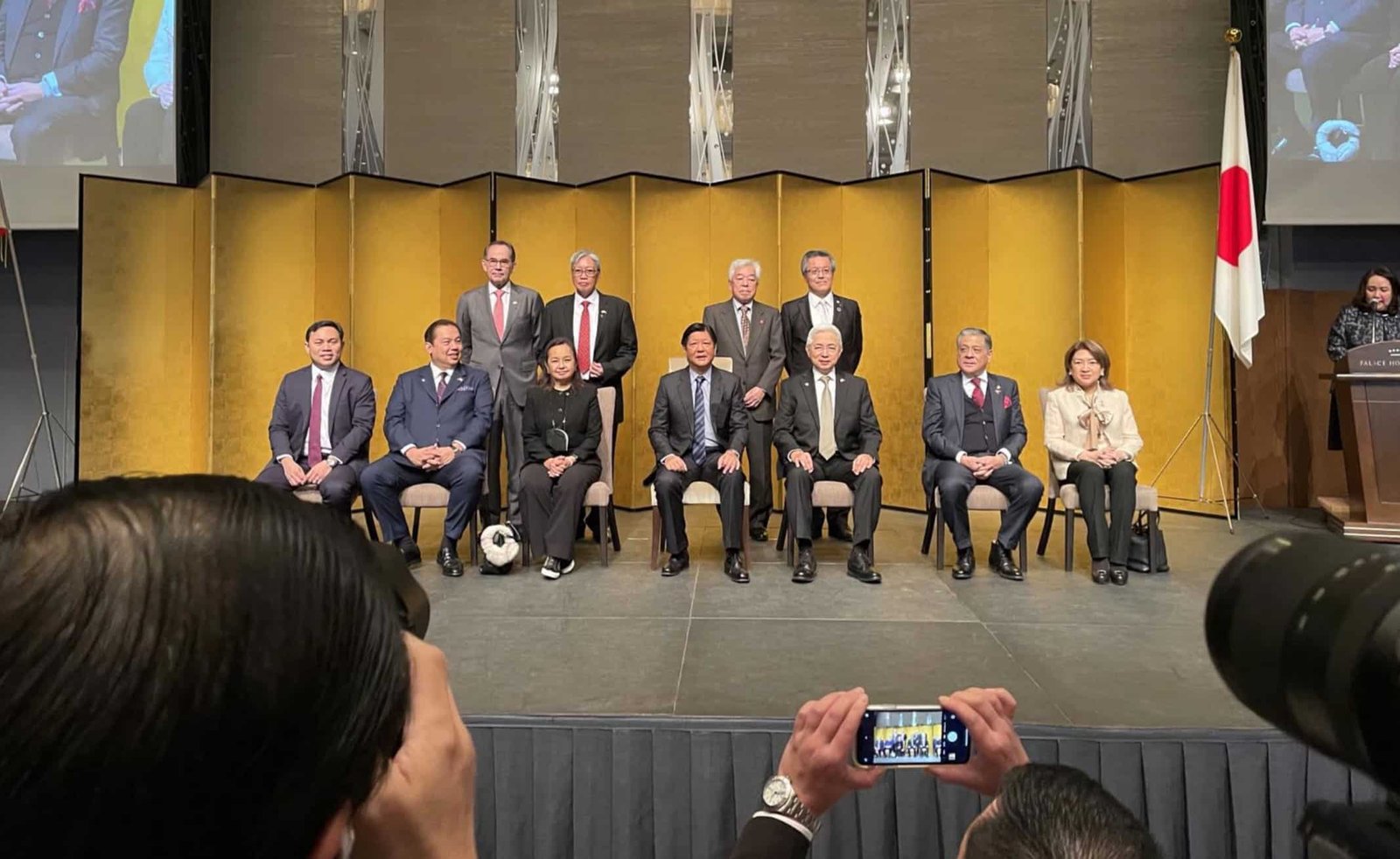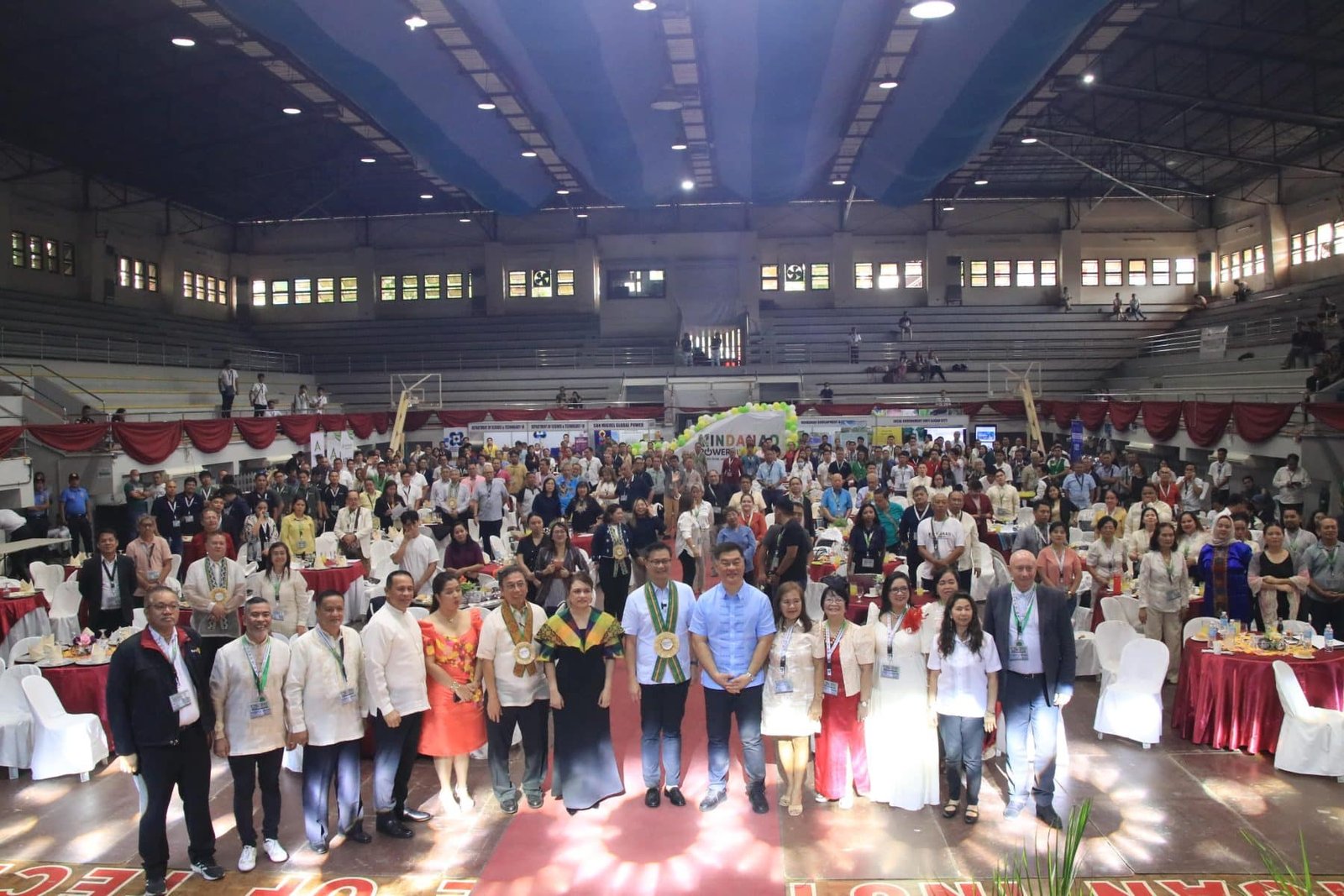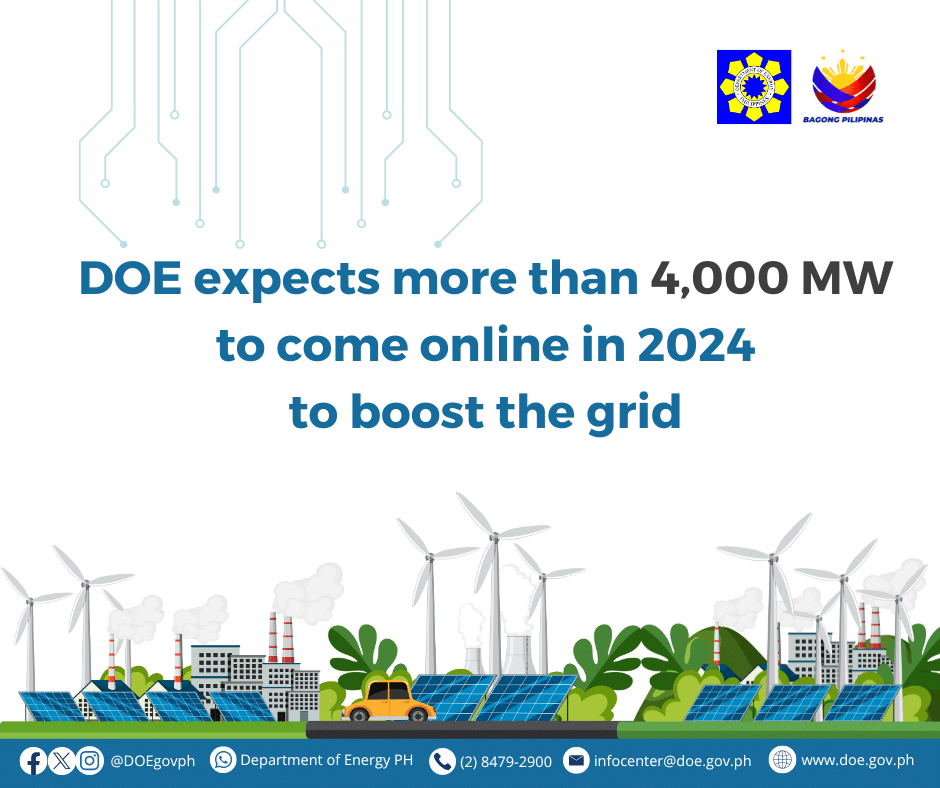
The Department of Energy (DOE) expects the Mindanao power grid to receive a 232-megawatt (MW) increase in capacity this year, according to a DOE official.
Engineer Mark Christian Marollano, a Supervising Science Research Specialist at the DOE’s Electric Power Industry Management Bureau (EPIMB), said the new capacity will come from a mix of energy sources.
Renewable energy will comprise 176 MW—or 76 percent—of the new capacity, including 128 MW from solar and 48 MW from hydropower. Conventional energy sources will supply the remaining 56 MW or 24 percent.
Marollano also mentioned that a 120-MW Battery Energy Storage System (BESS) will be connected to the grid to support energy stability and efficiency.
(Also read: Why Energy Storage Systems Are Vital to Renewable Energy)
Additional 3,585 MW needed by 2030
By 2026, the DOE expects an additional 40 MW from renewable energy sources and 48 MW from battery energy storage systems (BESS) to be added to the grid.
The following year, 2027, a larger boost of 287 MW is anticipated—270 MW from conventional energy and 17 MW from renewables.
Marollano noted that by 2030, Mindanao will need an extra 3,585 MW of power capacity—1,000 MW more than the region’s projected capacity for 2024. This forecast is aligned with the Philippine Energy Plan (PEP) and assumes annual GDP growth of six percent to eight percent.
The DOE is exploring three possible development scenarios to address future energy needs. The reference scenario, which is based on the Philippine Energy Plan 2023–2050, aims for renewables to make up 35 percent of the power generation mix by 2030 and 50 percent by 2040–2050.
Another approach, the Clean Energy Scenario 1 (CES 1), prioritizes high renewable energy integration with limited reliance on offshore wind, nuclear, and repurposed coal. It retains the same renewable energy targets—35 percent by 2030 and 50 percent by 2040—with room for further growth beyond 2050.
Marollano also discussed the Clean Energy Scenario 2 (CES 2), which builds on the first scenario but with more ambitious targets—specifically, generating 50 GW of offshore wind capacity by 2050. Marollano stressed that offshore wind projects are being planned to support wider adoption in the years ahead.
(Also read: Adequate Power Supply for Mindanao Until June 2025)
Long-term strategies to increase capacity
The Department of Energy (DOE) is laying out long-term strategies to diversify and clean up the country’s power supply, including plans to repurpose coal plants, develop nuclear energy, and expand offshore wind capacity.
Marollano explained that coal repurposing involves phasing out existing coal-fired power plants and converting them to cleaner technologies to reduce carbon emissions.
(Also read: DOE reviews 232-MW coal plant shutdown)
Nuclear energy is also in the pipeline. The DOE projects nuclear facilities to contribute 1,200 MW to the grid by 2032, doubling to 2,400 MW by 2035, and reaching 4,800 MW by 2050.
Offshore wind energy is another major focus, driven by the Philippines’ strong wind resources. Under current energy plans, the country is targeting 19 gigawatts (GW) of offshore wind capacity by 2050.
Sources:
https://mindanaotimes.com.ph/doe-232-mw-additional-capacity-120-mw-bess-eyed-in-2025-for-mindanao/
https://doe.gov.ph/energy-information-resources?q=power-development-plan
https://www.philstar.com/business/2025/04/02/2432771/government-maps-out-potential-nuclear-sites


